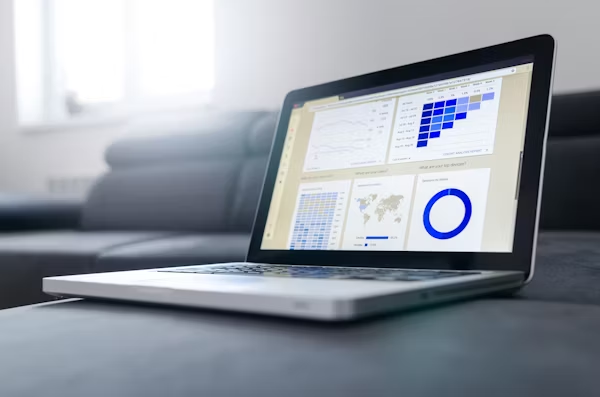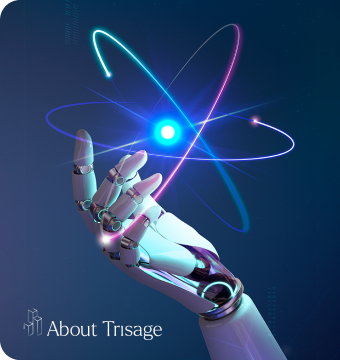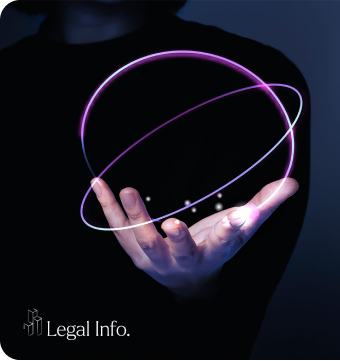Visual design is the art and science of creating engaging, attractive, and user-friendly digital or physical experiences using color, typography, images, layout, and space. It is more than just how something looks — it is how the look supports usability, enhances communication, and guides the user journey. Whether on a website, a mobile app, or in print materials, visual design helps communicate messages clearly and effectively.
A well-crafted visual design helps businesses build recognition and trust. It ensures every visual element works together in harmony to tell a cohesive brand story, keeping users engaged and encouraging them to take desired actions. This makes it an essential part of any professional digital strategy.
Why Visual Design is Important
In today’s fast-moving world, first impressions happen within seconds. A strong visual design instantly captures attention and sets the tone for how a brand is perceived. If users land on a webpage or see a digital ad that looks outdated, cluttered, or inconsistent, they are more likely to leave without interacting further.
Visual design also plays a critical role in how easily users navigate and interact with a product or service. Consistency in fonts, spacing, colors, and button styles helps users feel confident and comfortable. A clean and thoughtfully designed interface makes it easier for people to absorb information and follow the intended path.
Ultimately, visual design builds a bridge between brand identity and user interaction, helping businesses create meaningful digital experiences that align with user expectations.
Benefits of Visual Design
Visual design offers both immediate and long-term advantages, especially when done with strategy and user behaviour in mind:
- Increased User Engagement: A visually pleasing layout keeps users interested, encouraging them to explore further.
- Stronger Brand Identity: Consistent use of design elements builds brand recognition across all platforms.
- Improved Readability and Flow: Good design enhances content comprehension by guiding the reader’s eye naturally.
- Boosted Conversion Rates: A clean, clear, and intuitive design structure can directly influence user actions, such as making purchases or submitting inquiries.
- Mobile Responsiveness: Professional visual design ensures content looks and performs well across devices, which is crucial for user retention.
By investing in quality visual design, businesses position themselves as trustworthy, professional, and modern — qualities that resonate with today’s tech-savvy audiences.
Visual Design Expert Team
Behind every great design is a team of skilled visual designers who understand how aesthetics and usability work together. These experts bring creative vision and technical knowledge to the table. They focus not only on making things look good but also on ensuring each design aligns with business goals and enhances user experience.
Visual design experts often specialize in various tools and areas, such as user interface (UI) design, graphic design, branding, and layout systems. They conduct research, study user behaviour, and experiment with visuals to find the most effective design solutions.
Collaborating with a professional visual design team ensures your project benefits from industry best practices, creativity, and technical precision. Their experience allows them to take a concept and turn it into a compelling and functional final product.
Final Thoughts
Visual design is more than decoration — it is a strategic tool for communication, engagement, and brand growth. In a world where users are bombarded with choices, quality visual design helps businesses stand out, connect with their audience, and guide them toward action.
Whether you’re launching a new website, revamping a mobile app, or refreshing your brand identity, investing in professional visual design is a smart move. It reflects your brand values, improves user satisfaction, and supports your long-term digital goals.
FAQs
Q1: What is the difference between graphic design and visual design?
A: Graphic design typically focuses on visual content creation (like logos, posters), while visual design includes layout, UI, and interaction flow for digital platforms.
Q2: Is visual design only important for websites?
A: No. Visual design applies to mobile apps, software interfaces, social media, branding, and even print materials — anywhere visual communication is used.
Q3: How does visual design impact SEO?
A: While visual design itself isn’t a direct SEO ranking factor, it improves user engagement and reduces bounce rates, which can positively influence SEO performance.
Q4: What tools do visual designers use?
A: Popular tools include Adobe XD, Figma, Sketch, Illustrator, and Photoshop, depending on the design project and platform.
Q5: How can I tell if my visual design is effective?
A: An effective design results in increased engagement, ease of navigation, and positive feedback from users. A/B testing and analytics also help measure performance.









